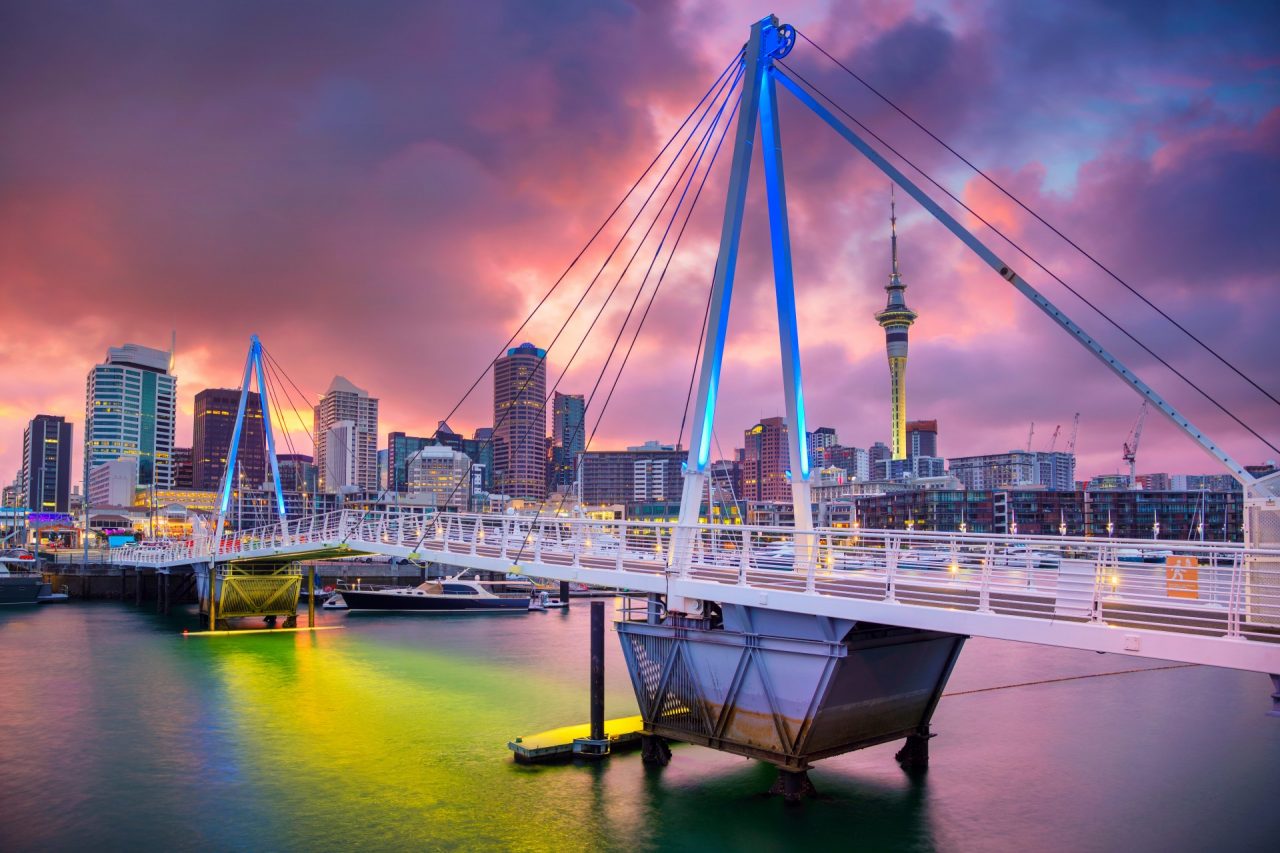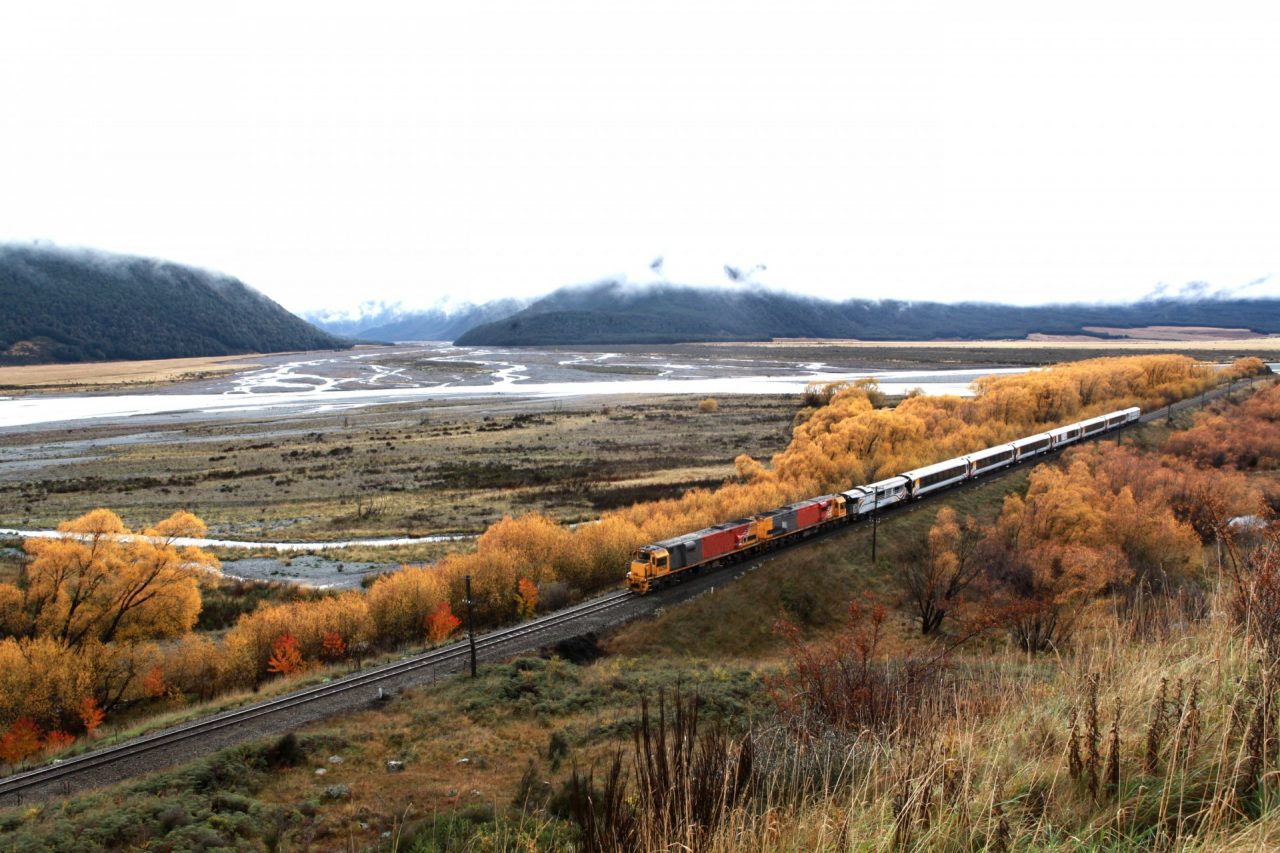Auckland, the capital of New Zealand, known throughout the world for the America’s Cup races, is rapidly becoming a big city. Its population of 1.6 million people in 2017 is seen rising to 2.3 million in 2040, while the New Zealand government is increasingly focused on investing in the city to turn it into a driver for the country’s economy.
Although it is still small compared to the world’s mega-cities, Auckland’s infrastructure is already over-strained to the point that lost transport time and city congestion equals large cities like New York City.
That’s why the city and national governments have decided in recent months to upgrade the city’s infrastructure to cope with this estimated population growth of 30,000 people per year. New funds are being allocated to finance sustainable mobility projects to transform the city and make it ready to meet the challenges of the future.
The future of infrastructure in Auckland passes through the satellite cities
If growth is an imperative for the capital of New Zealand, growing sustainably is even more so. Future real estate development must go hand in hand with infrastructure planning and growth, according to the study “Meeting Auckland’s Growth Challenge,” carried out by Infrastructure New Zealand, one of the country’s leading industry groups.
A “disaggregated approach to planning, infrastructure and development has seen Auckland land values rise from around 40 per cent of the value of a home to over 60 per cent at the same time as property values have doubled,” the study pointed out.
To cope with an increase in population, the city needs to build a new satellite development of 30,000 homes linked to the center through an efficient and modern transportation system, the report said. The study estimates that the expansion of the city to the north would cost an additional NZ$10 billion (US$6.7 billion) in transport infrastructure, while a similar project to the south of the city would add NZ$3 billion (US$2 billion). Adapting current roads would cost $800 million (US$540 million) to the north of the city, and NZ$320 million ($216 million) to the south.
Light metro, traditional subways, bus lines, stations designed as hubs for intermodal connections, but also expansion of existing highway routes: the city’s future depends on these infrastructure works.

The plan for the infrastructure of Auckland
Meanwhile, the city administration has released the Auckland Plan 2050, a roadmap for long-term growth that schedules decade-by-decade investments and projects that reflect the city’s demographic, social and economic growth trends.
The City Link Rail is one of these projects, and is already in an advanced stage of construction. It is a light rail that connects the Britomart area and the city center with the existing line in the west. The work costs around NZ$4.4 billion (US$2.9 billion), and calls for the construction of a 3.4-kilometer-long (2.1 mile= double-track tunnel for underground trains without interfering with surface mobility.
The city’s urban development also involves the modernisation of its road networks. These include Puhoi-Warkworth, a strategic highway connecting the northern area, which get a four-lane extension for 18.5 kilometers (11.4 miles).
These projects are destined to change the face of the city. They are part of a much broader and more ambitious national plan to boost New Zealand’s economy through major infrastructure works.

New Zealand's ambition: world-class infrastructure
The government recently presented the final version of the “Government Policy Statement on Land Transport 2021” laying out its vision and a map of top-priority infrastructure works, and has pledged to spend NZ$48 billion (US$32 billion) over the next ten years.
“The Government Policy Statement is on top of ‘shovel ready’ transport projects and those being built through the NZ Upgrade Programme and Provincial Growth Fund – together they will create and support thousands of jobs,” Transport Minister Phil Twyford said.
Transport infrastructure is at the heart of the plan, given its crucial role in connecting the country efficiently. To do so, at least N$$4.5 billion (US$3 billion) per year will be invested in projects ranging from the construction of new railway lines, for both people and freight, to the modernisation of highways, and the construction of urban planning projects works to improve the quality of life for city residents.
A second program called “Road to Zero” aims to reduce serious accidents on highways by 40% over the next ten years by investing NZ$10 billion (US$6.7 billion) in the modernisation of roads and highways. This is part of a long-term plan built to reach an ambitious goal: to make New Zealand a world example for the quality of infrastructure. Starting from the capital Auckland.

